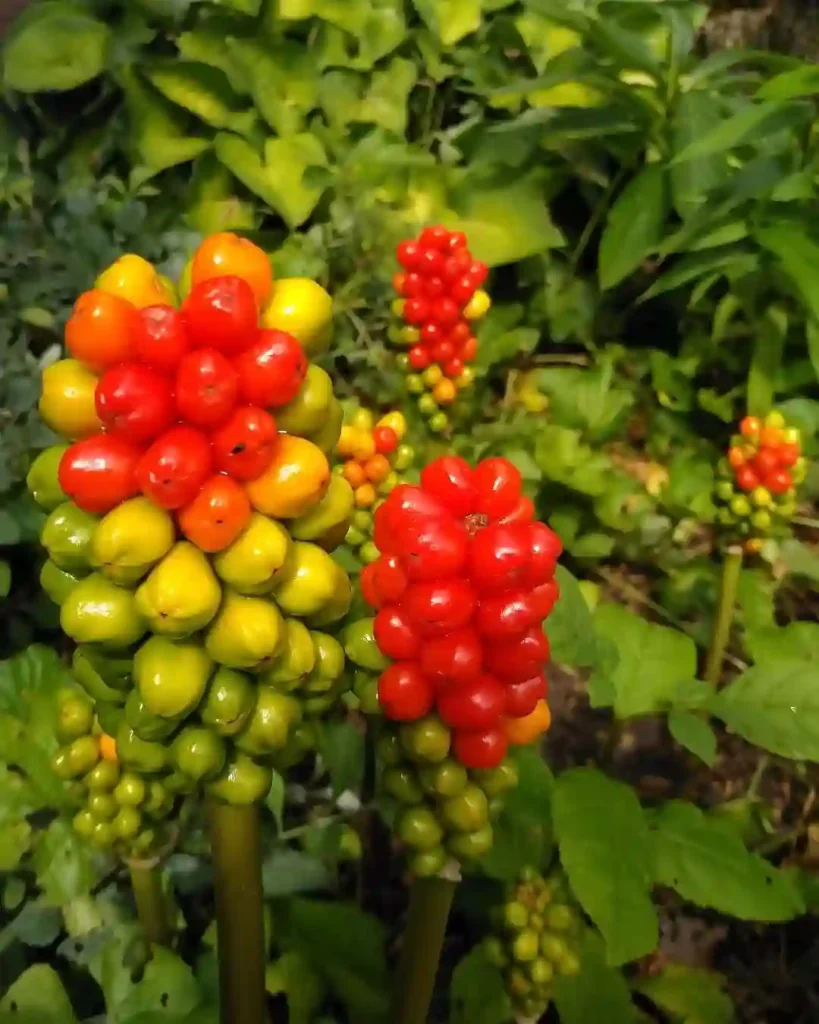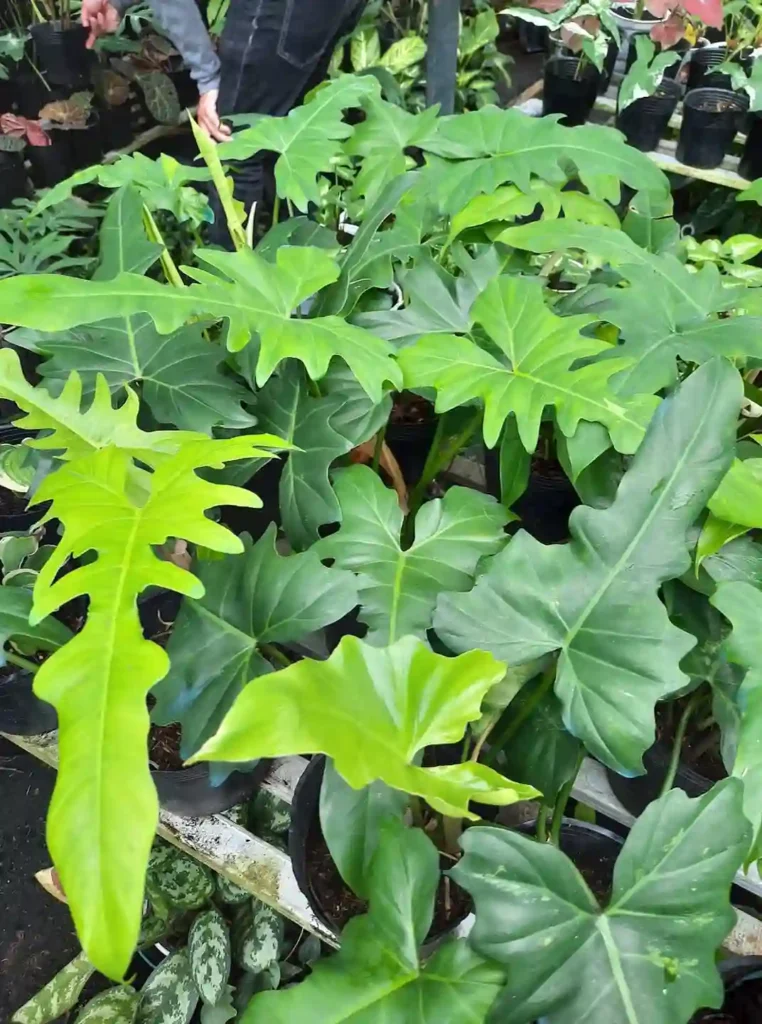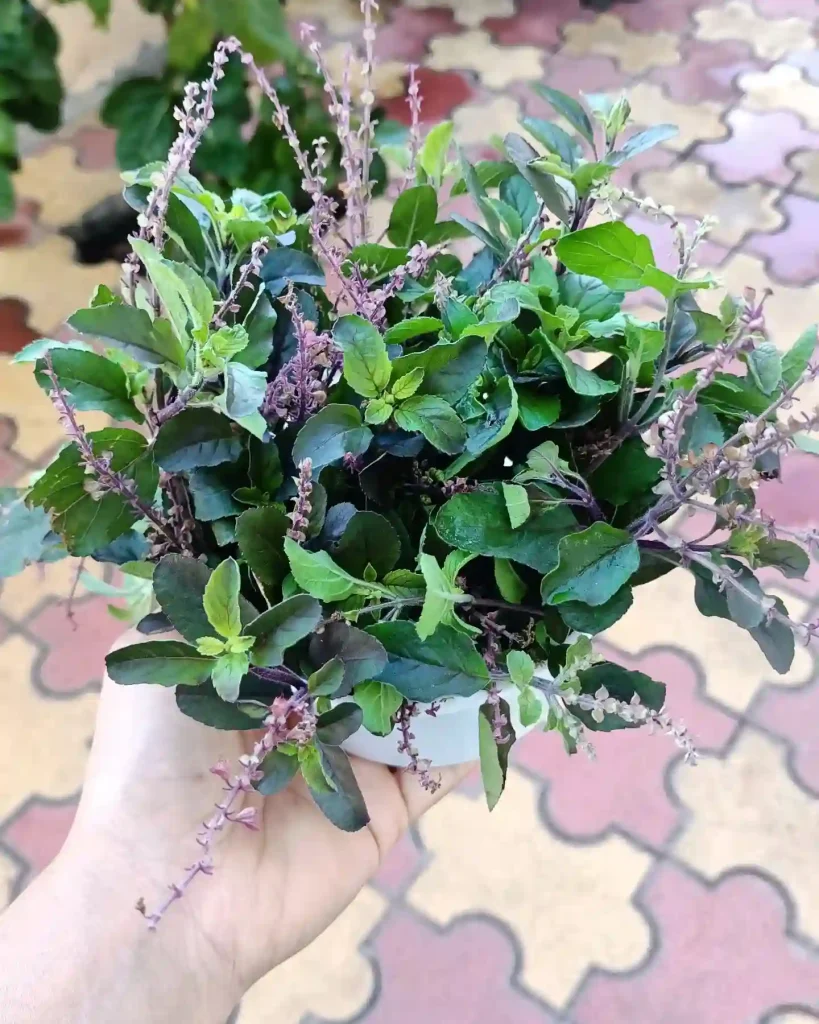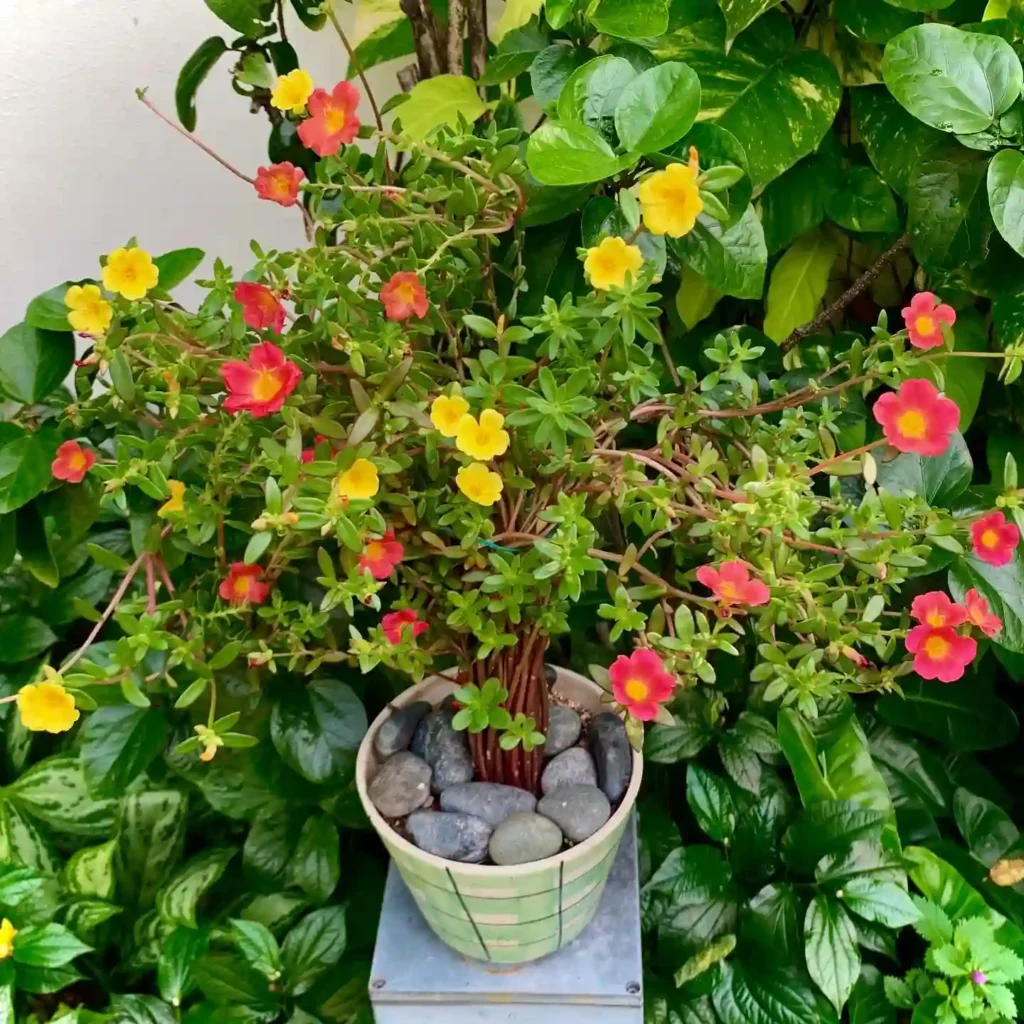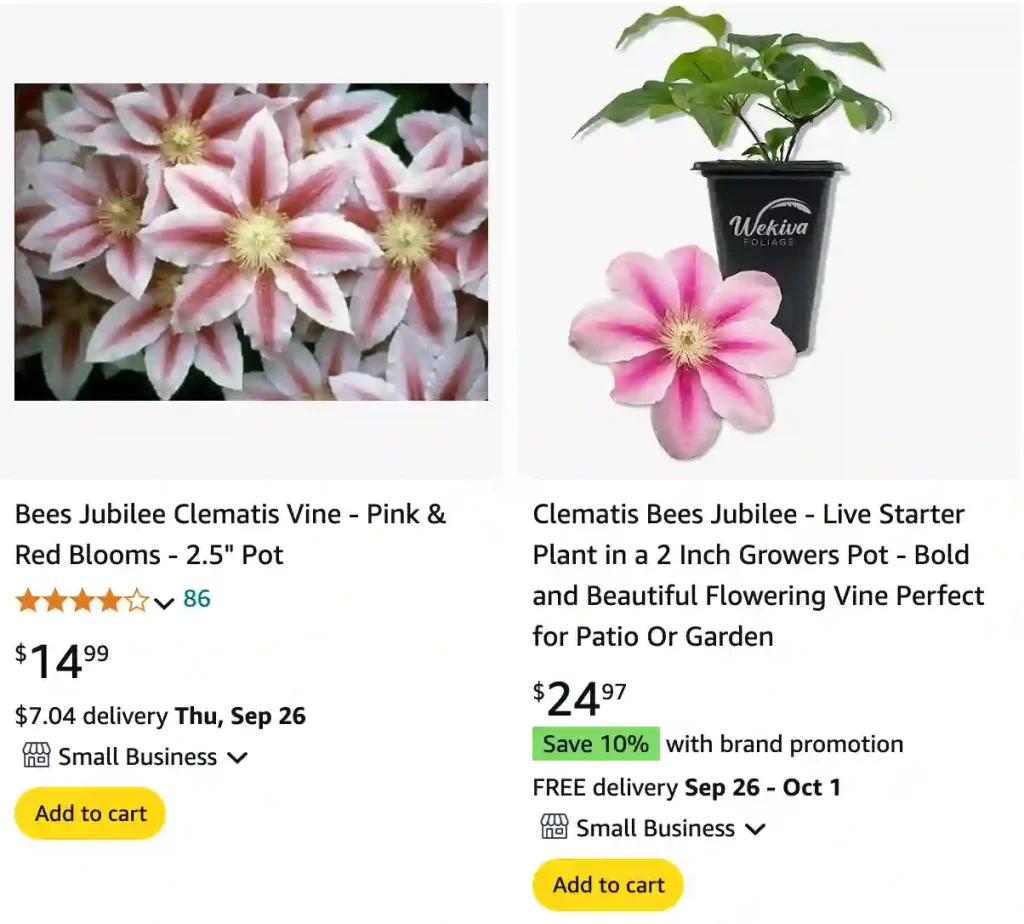
FAQs About Bees Jubilee Clematis
As a passionate gardener, I often find myself drawn to the stunning beauty of flowering vines, and the Bees Jubilee Clematis has captured my heart. This hybrid clematis is renowned for its rich purple blooms and vigorous growth. In this article, I’ll address some frequently asked questions about Bees Jubilee, sharing my insights and experiences along the way.
391 Species in Genus Clematis
What Is Bees Jubilee Clematis?
Bees Jubilee Clematis is a perennial climbing plant that showcases large, deep purple flowers with a striking reddish bar down the center. This variety typically blooms in late spring to early summer and can repeat bloom throughout the summer months. Its lush foliage and vibrant colors make it a popular choice for trellises, fences, and arbors.
How to Care for Bees Jubilee Clematis?
Caring for Bees Jubilee is relatively straightforward. Here are a few key points to consider:
- Sunlight: This clematis thrives in full sun to partial shade. Ideally, it should receive at least six hours of sunlight each day.
- Soil: Well-draining soil enriched with organic matter is essential. I often mix in compost to ensure the soil is both nutritious and well-draining.
- Watering: Regular watering is crucial, especially during dry spells. However, be cautious not to overwater; the roots should not sit in waterlogged soil.
- Fertilizing: I use a balanced fertilizer in early spring to encourage growth and flowering. A slow-release fertilizer can also work wonders throughout the growing season.
When to Prune Bees Jubilee Clematis?
One of the most common questions I receive is about when to prune Bees Jubilee Clematis. This plant belongs to pruning group two, which means it benefits from a light pruning in late winter or early spring. I usually wait until I see new growth starting, around March or April, and then I prune back about one-third of the previous year’s growth. This helps promote robust blooms and maintains the plant’s shape.
How to Propagate Bees Jubilee Clematis?
Propagation of Bees Jubilee can be done through cuttings or layering. I prefer the cutting method for its simplicity:
- Take Cuttings: In late spring, select healthy stems and cut about 6 inches long.
- Rooting Hormone: Dip the cut ends in rooting hormone to encourage growth.
- Planting: Place the cuttings in a well-draining potting mix and keep the soil moist. A mini greenhouse or plastic bag can help retain humidity.
- Transplanting: Once the roots are established (usually after a few weeks), you can transplant them into your garden.
What to Plant With Bees Jubilee Clematis?
When selecting companion plants, consider those that won’t compete for resources. I enjoy pairing Bees Jubilee with:
- Roses: Their blooms complement each other beautifully.
- Perennials: Plants like Delphiniums and Echinacea add height and color.
- Grasses: Ornamental grasses provide a lovely contrast to the lush vines.
Can You Grow Bees Jubilee Clematis Indoors?
While I’ve seen some success with growing Clematis indoors, it’s generally not recommended. This plant prefers outdoor conditions where it can climb and spread. If you decide to grow it indoors, ensure it has ample sunlight, humidity, and space for growth.
Is Bees Jubilee Clematis Toxic?
Clematis Bees Jubilee is not considered toxic to pets or humans. However, it’s always wise to keep an eye on curious pets or children who might nibble on leaves or flowers.
What Are the Benefits of Growing Bees Jubilee Clematis?
The advantages of growing Bees Jubilee are plentiful:
- Aesthetic Appeal: Its stunning flowers add beauty to any garden space.
- Wildlife Friendly: Bees and butterflies are often attracted to its blooms, promoting biodiversity.
- Fast Growth: This clematis grows vigorously, quickly covering trellises and fences.
Common Problems with Bees Jubilee
Like any plant, Bees Jubilee can face challenges. I’ve encountered a few common issues:
- Leaf Spot: This fungal disease can cause yellowing leaves. To combat this, ensure good air circulation and avoid overhead watering.
- Pests: Aphids and spider mites can be a nuisance. Regular inspection and treatment with insecticidal soap usually help.
How Does Bees Jubilee Compare with Other Clematis Varieties?
I often get asked how Bees Jubilee compares to other popular clematis varieties, like Jackmanii or Nelly Moser. Here’s a quick breakdown:
- Jackmanii: Known for its deep purple flowers, it blooms from summer to fall, whereas Bees Jubilee blooms primarily in late spring and early summer.
- Nelly Moser: This variety offers large, light pink flowers with a unique stripe, making it different in both color and blooming period.
In conclusion, Clematis Bees Jubilee is a delightful addition to any garden. With its vibrant blooms and relatively simple care requirements, it’s a plant that I wholeheartedly recommend. Whether you’re a seasoned gardener or just starting, Bees Jubilee can bring a touch of elegance to your outdoor space.
If i die, water my plants!
